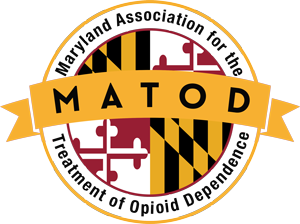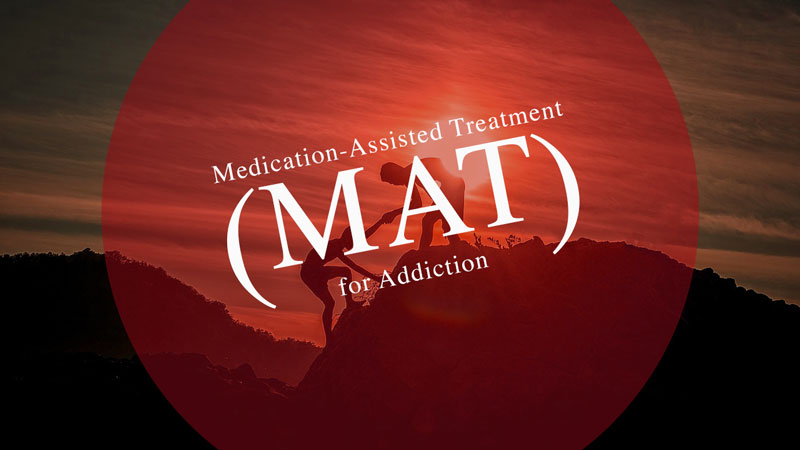Comprehensive treatment protocols are critical as patients progress to maintenance therapy and recovery, especially in light of the focus on increasing access to medications with or without support services and the limited availability of support services.
By equipping law enforcement officials, such as sheriffs, with naloxone, first responders can administer this life-saving overdose prevention medication and bring revived individuals to emergency rooms rather than holding cells. Another emerging trend has been the development of programs for hospital emergency departments to engage opioid overdose patients in OUD treatment, such as using peer support recovery counselors to work in conjunction with emergency departments and substance use treatment facilities. The use of such trained peer support services is an integral part of the Vermont Hub and Spoke Model.
In addition, there is greater interest in treating OUD “behind the walls.” Correctional facilities are demonstrating increased expertise in initiating the use of medications to both prevent overdose during intake and to treat OUD during the period of incarceration and prior to release.
The Emerging Importance of Criminal Justice
With the increased focus on expanding access to care through outpatient settings, the criminal justice system is assessing how it can better engage individuals who come before courts and/or are incarcerated. Drug courts are now working with OTPs and DATA 2000 practices more than ever, and the National Association of Drug Court Professionals has published a recommendation that patients continue treatment as long as they benefit from such care. (23) Still, some drug courts judges continue to require patients to withdraw from stabilizing medications despite evidence that both recidivism and overdose risk increase in response to this practice.
On the positive side, more correctional facilities are providing medication assisted treatment to inmates with OUD. The Connecticut Department of Corrections is one such case where correctional facilities throughout the state are diagnosing and treating inmates with OUD throughout their incarceration. Similarly, Connecticut’s counterpart, the Rhode Island Department of Corrections, works with treatment facilities, such as CODAC, providing access to all medications as part of its coordinated intervention efforts, which include maintenance, stabilization, and a “warm handoff” upon release. Both states have seen a significant reduction in recidivism, which means individuals do not return to the correctional system. Further, opioid mortality has dropped dramatically among the more than 50 percent of the inmates who are released to community-based practice settings and smoothly transitioned into an OTP or DATA 2000 practice for continued treatment. Without question, this kind of intervention, where inmates with OUD have access to treatment during incarceration and are referred to outpatient treatment facilities upon their release, should be replicated throughout the United States.




Leave a Reply